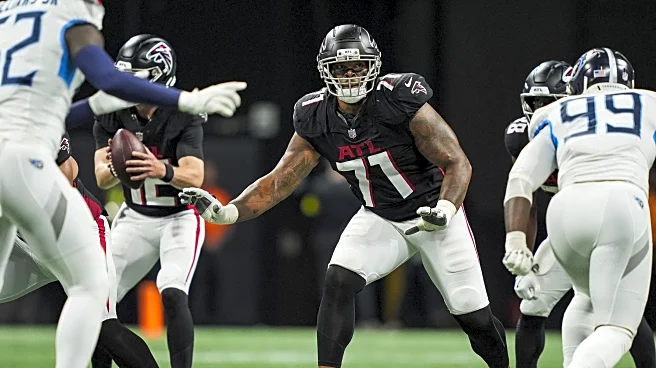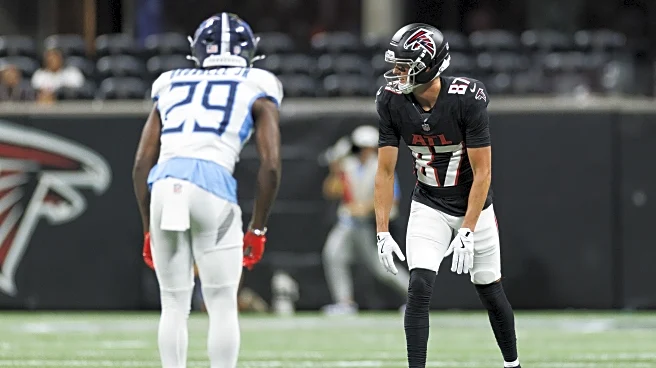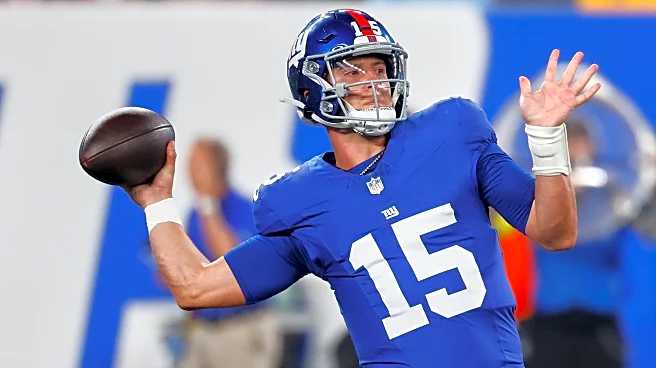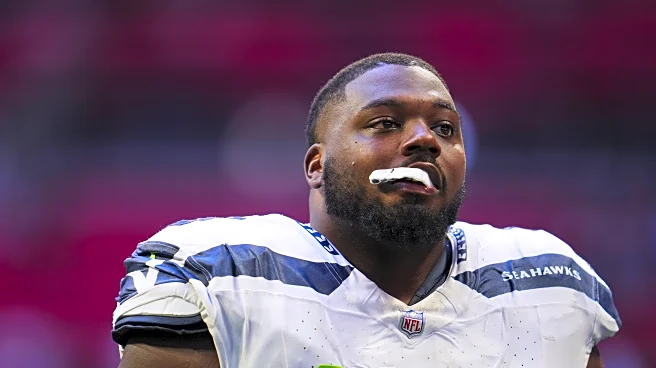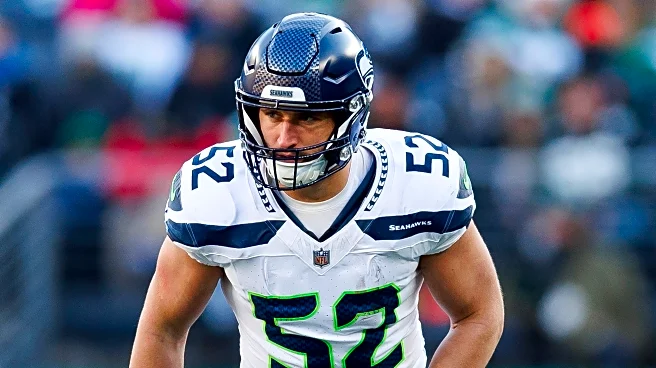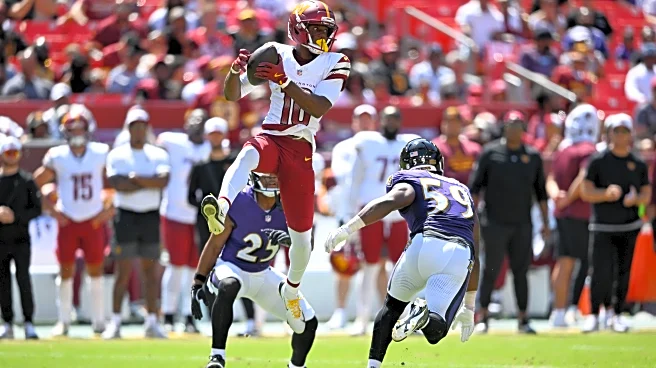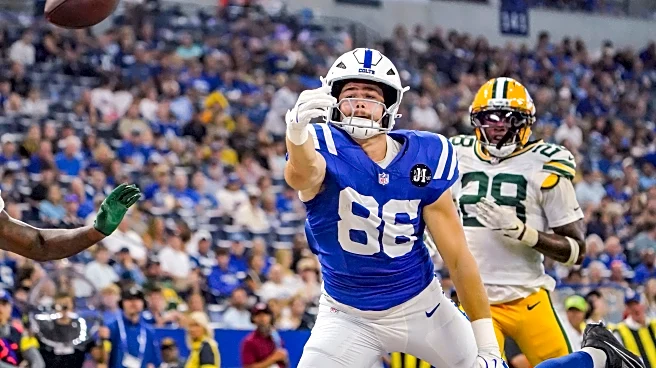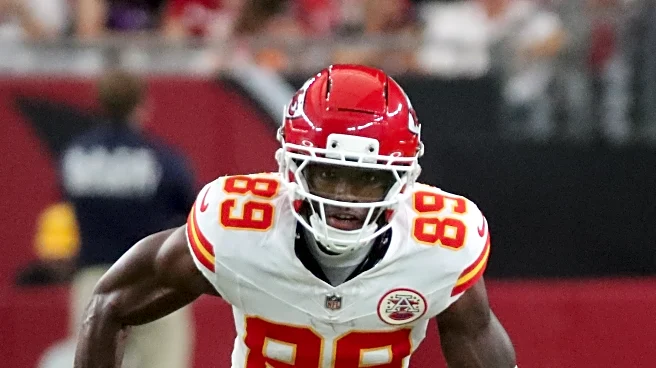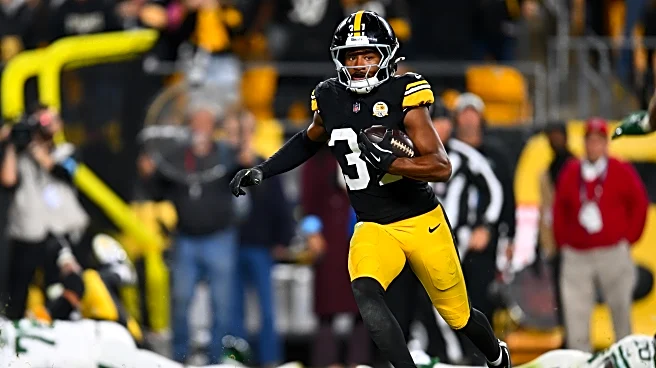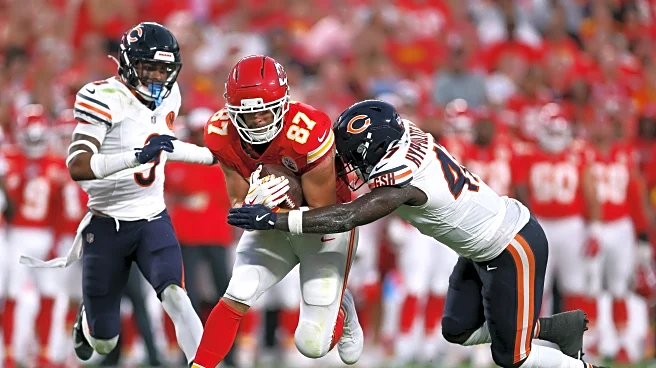
The long-awaited 53-man roster is here, and the Atlanta Falcons have given us answers to heated position battles while sparking new questions. Let’s explore three of the most pressing questions the team is currently facing.
Is the team done addressing RT?
Trading for Michael Jerrell is not a “call it a day” move. The raw second-year tackle out of Division II (Findlay) gave up four pressures in his debut against the Falcons last year and would end up surrendering 13 pressures in four starts, per PFF. I find it hard to believe that
this is the final Terry Fontenot maneuver the team makes in hopes of bolstering the tackle position, and yet these are your Atlanta Falcons.
Raheem Morris was not shy about sharing his belief in Elijah Wilkinson’s ability to play RT. After seeing Brandon Parker and Jack Nelson play it, it’s hard to argue that Wilkinson isn’t the better option. Hopefully, that isn’t the bar the team is measuring against. Wilkinson has been a solid spot starter at guard, and this came after he initially started his career as a tackle, where he proved to be too unreliable.
In a perfect world, Wilkinson holds on until Storm Norton returns, and then Norton gives the team a boost from there. However, this puts the safety of Michael Penix in jeopardy if the Wilkinson protection plan falls short with a demanding opening schedule featuring the Tampa Bay Buccaneers, Minnesota Vikings, Buffalo Bills, and San Francisco 49ers. I’m fine with the Falcons having to overpay for protection at this point, because no future 5th-round pick will ever be more important than Penix, but I’m not sure that’s the route Atlanta wants to take. We’ll find out in the coming days.
Can this LB room be relied on?
The injury at right tackle has understandably taken the spotlight, but another injury and a shallow position group have been flying under the radar. JD Bertrand did not have a strong showing in the preseason, and as it stands, he is currently third in the pecking order, which typically translates to a handful of snaps on defense. I’m scared to see those snaps.
It would be wrong to suggest Josh Woods didn’t earn his spot. He’s been a career special teamer, but the veteran flew around on defense this season and made more plays than just about anyone, including Bertrand. Still, I’m not sure that performance means he’ll be reliable against a starting-caliber offense.
I need physical evidence that Troy Andersen still exists. He remains on the PUP list with no update in sight. If he’s able to return and slide into the third linebacker role, then the team will be in good shape; if not, the team will be leaning heavily on Kaden Elliss and Devine Deablo, and that’s a big ask. Elliss is at his best when he’s doing nontraditional linebacker work, but if the team doesn’t have a reliable third guy, those opportunities will be limited. Deablo is an unknown who’s only played the position for a few years. He has a high ceiling but a low floor to go with it. He’s also missed time with injury three seasons in a row.
This room feels like a house of cards that could topple at any moment. It may not have the spotlight right now, but that could change soon if the play on the field or injury news doesn’t go their way.
Will prioritizing special teams pay off?
It’s rare that a team only carries three safeties to seven corners on its 53-man roster. Between the two groups, Atlanta had more talent in the safety room but decided to preserve their less talented group as they head into the regular season. Jordan Fuller was coming off a disappointing season in Carolina, but he provides more value as a defensive player than Mike Ford, who likely survived due to his perceived special teams value.
Similar cases are sprinkled throughout the roster cuts. Wide Receiver Jamal Agnew beats out Chris Blair and Nick Nash because he’s a return specialist. Edge Khalid Kareem outperformed DeAngelo Malone as a defensive player in the preseason and looked like he had secured a roster spot. However, the Falcons elect to keep Malone, whom Raheem Morris has cited in the past for his contributions on special teams. Special teams value also convinced the Falcons to hold onto four tight ends this year, up from three in 2024.
Having a high special teams floor is beneficial; players at the end of their position groups will spend more time there than on either side of the ball, so you want as much quality as possible. This season, I expect a kick return rate north of 70%, which means these units will be stressed significantly more than they were in 2024. It’s still important to balance special teams players with good positional depth players; injury can strike at a moment’s notice. We’ll see if this roster building strategy pays off.
The 53-man roster will still be getting tweaked ahead of Week 1, so nothing is concrete. The team is having to ask itself the same tough questions we are, and we’ll have a better idea of what those answers look like soon. What other thoughts and questions do you have after taking in the initial 53-man roster?
